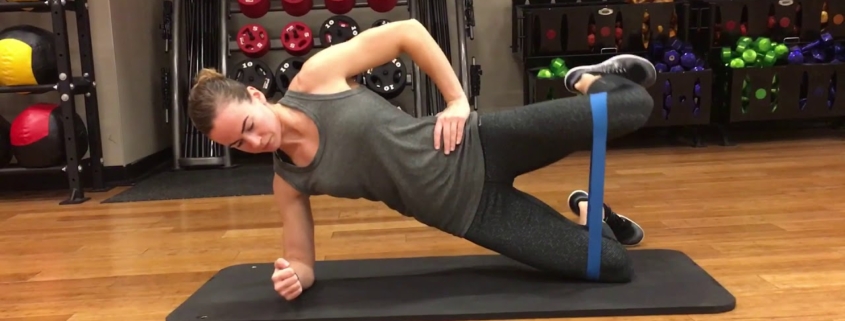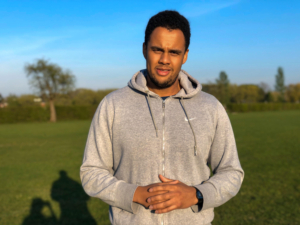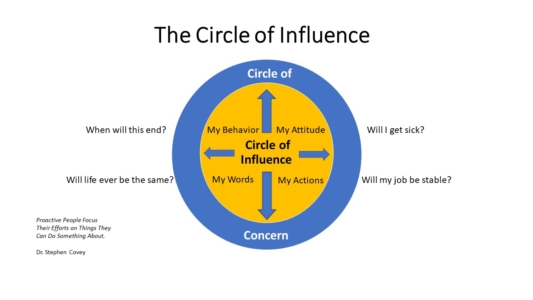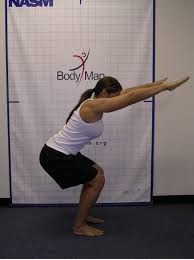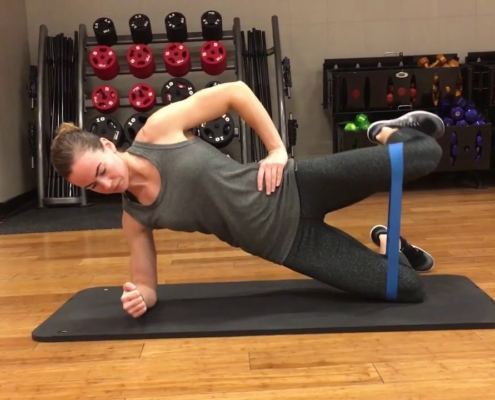Finding Opportunities in Chaos- Corrective Exercise
With the initiation of a third lock down in the UK we thought it would be a great idea to engage our readers in some motivating posts to help keep you motivated. We welcome back APA coach Konrad McKenzie with a weekly guest post.
Good afternoon guys,
“In the midst of chaos there, there is always opportunity” Sun Tzu
Today I wanted to talk about finding opportunities in chaos, Chaos being a disruption to our normal routine. Opportunity, using this time to 1) work on the activities we may have been neglecting 2) work as close to plan A as possible.
Whilst I do not want to turn this into a philosophy lesson sometimes it is helpful to know that we have the power to control our daily actions regardless of circumstances out of our control. This is why for the next seven weeks I want to give you the opportunities, in the form of weekly blogs & exercises, to keep on top of your education and training regardless, of location.
Today’s blog is going to focus on the activities we may have been neglecting and that is correctives. Lower magnitude exercises which aim to restore muscular balance and functionality in the body. Some practitioners like to do these as part of a warm up, rest periods in between core lifts or at the end of a session as part of a robustness circuit. It’s really up to you and your sequencing method.
Next comes the question well what correctives shall I do?
This will depend on your individual needs, after an assessment and a previous injury check. But a quick and handy assessment is an overhead squat.
Believe it or not this this assessment requires a lot of athleticism, movement functionality and structural alignment in the ankle, hip & shoulder. If you want a test that gives you a lot of information with minimal time input the overhead squat is a go to.
Additionally, this test can be manipulated to answer some questions (Most of us are aware of the term regional interdependence and how the body is an interconnected system). For example, how might a person be able to solve the movement problem (Overhead squat) “if I were to elevate their heels? Will it improve? If so, could a tight ankle complex be an issue? Why is it tight?” Deeper thought and a conversation arises.
Common impairments
Knee Valgus (Inward rotation of knees)
Now before we dive into the causes and the potential solutions of the problem I want to give some of my insights on this hotly debated topic. Sports will sometimes place the body in unfavourable positions and granted the athlete has the capacity to tolerate this, they tend to come away injury free. Additionally, during the ascent of a squat, muscles of the adductor complex play a role in hip extension. Finally, during some kinematic analysis of sprinting, occasionally you will see some elite athletes display slight internal rotation and subsequent pronation of the foot during acceleration. In my view it’s all about context (athlete level, age, gender etc.) I personally, would not be happy with a young athlete performing a loaded squat with knee valgus particularly, in the eccentric portion of the lift or landing from a box. I think youth need to master the basics and build good habits.
Arms falling forward
I see this in a lot of youth Tennis players, due to the probable over activity of the Pectorals (major & minor) and the Latissimus Dorsi. Consistent lengthening of the back musculature and the shortening of pecs in the forehand and the serve, it is not hard to understand this occurrence. Additionally, bad postures as a result to binge watching television and IPhone usage may further add to this recipe. Whilst perfect structural symmetry is hard to achieve, sometimes undesirable, it is important to strengthen the upper back musculature as much as we can to reduce likelihood of shoulder injuries.
Finding the culprit
Now, sometimes we perform the overhead squat and for example, see that the young athlete displays an ‘excessive forward lean and excessive lumbar arch’ in their movement assessment. How do we figure what the potential issue is? Here is a quick guide.
Option 1: Place two weight disks (or something to elevate the heels) Does the squat improve? In my personal experience I have seen about 90% of young athletes improve after doing this. Placing a weight disk underneath heel takes away the stretch from the Soleus allowing athletes to display better squat patterns. This may indicate a tightness in the calf and ankle complexes.
If squat still looks sub-standard then there’s a chance that you will have to look into what is occurring at the hips.
Option 2: Ask athlete to place hands on the hip as they squat, does it improve? Again I regularly see improvements in squat performance. If the squat makes an improvement after this adaptation then it is likely the Lats and muscles surrounding the shoulder capsule are overactive.
Now, I do not want to sound reductionist and too linear in my article. As know the world, the human body operates as a system, with lots of cofounding variables. However, recognition that a noticeable compensation could be as a result of a dysfunction somewhere else is profound. For example, a problem at the foot and ankle could cause pain in the shoulder due to the interconnections of fascial slings. If muscles are overactive in particular areas then we have to try and discern why, not just instinctively and perpetually stretch it.
Whilst a movement screen such as an overhead squat is not the answer, it is certainly a start point, where practitioners can be combine this information with other measures to create a story.
‘Let the questions be the curriculum’ – Socrates.
If I find these compensations what shall I do about it?
In this last section I want to give you a couple of exercises, from my toolbox to help you combat the two issues presented in the ‘common impairments’ section.
Banded Clamshells
Often knee valgus, is present when muscles of the hips (external rotators) are underactive. So we think of exercises used to stimulate this area. One of my favourites is the banded clamshell as it places a great emphasis on the external rotators. This exercise can also be regressed and progressed as needed. I find that some of the stronger players benefit from progressing this to a plate loaded clamshell (holding a weight plate isometrically, on the outer thigh instead of a band).
Bent over external rotations
This exercise is one of my favourites. In Tennis, the serve is considered a ‘high powered movement’ and strong back muscles help decelerate the arm after ball contact is made, this exercise targets muscles such as the rear Deltoid, Rhomboids & Teres Major, which are placed under duress in the high powered movements. Squeezing the shoulder blades together helps with working the Rhomboids thus Scapular control and subsequent reduction in shoulder injuries.
As mentioned above these activities are a range of potential solutions. It is up to us to truly understand the problem, before implementing a solution this is the tricky part.
Many thanks for reading, hope you enjoyed it!
Konrad McKenzie
Strength and Conditioning Coach
Liked This Blog?
You might like other blogs on this topic from APA:
APA review of the Middlesex Students S&C conference 2014
The Dubious Rise of the Corrective Exercise ”Pseudo-Physio” Posing as a Trainer- My thoughts
as well as two recommended articles:
This article on weak Glutes during Squatting
And this one on Exercise Modifications
Do you feel that this would be a perfect time to work on the weak links that you have been avoiding? The things that you know you should be doing that you keep putting off? Would you like us to help you with movement screening and an injury prevention program? Then click on the link below and let us help you!
? TRAIN WITH APA ?
Aspiring Pro Training Support Packages
Follow me on instagram @konrad_mcken
Follow Daz on instagram @apacoachdaz
- If you’re not subscribed yet, click here to get free email updates, so we can stay in touch.
- Share this post using the buttons on the top and bottom of the post. As one of this blog’s first readers, I’m not just hoping you’ll tell your friends about it. I’m counting on it.
- Leave a comment, telling me where you’re struggling and how I can help
Since you’re here…
…we have a small favor to ask. APA aim to bring you compelling content from the world of sports science and coaching. We are devoted to making athletes fitter, faster and stronger so they can excel in sport. Please take a moment to share the articles on social media, engage the authors with questions and comments below, and link to articles when appropriate if you have a blog or participate on forums of related topics. — APA TEAM

